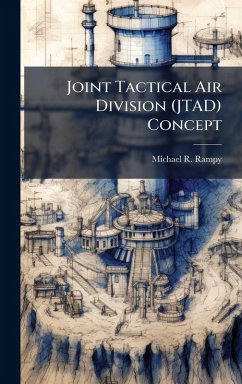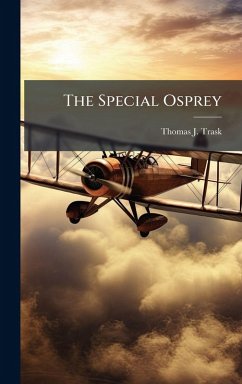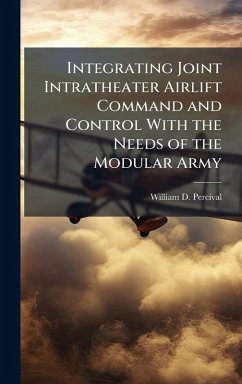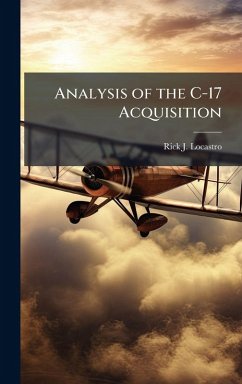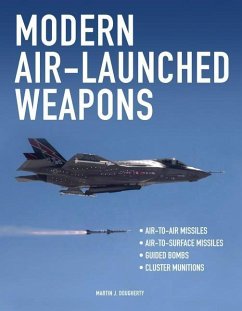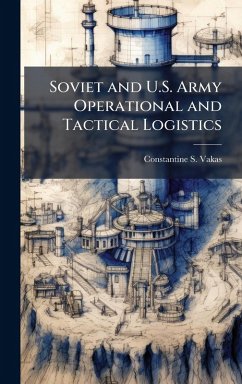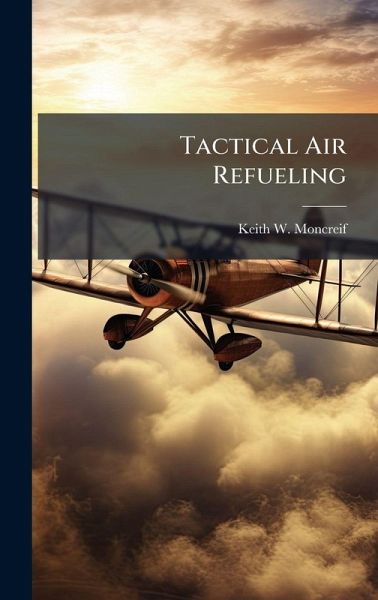
Tactical Air Refueling
Versandkostenfrei!
Versandfertig in über 4 Wochen
28,99 €
inkl. MwSt.
Weitere Ausgaben:

PAYBACK Punkte
14 °P sammeln!
Largely the result of military restructuring away from overseas basing to a strategy of forward presence, the Air Force has adopted a concept of Global Power-Global Reach. Air Mobility Command has been charged to provide the Global Reach needed to project power abroad. The venerable KC-135 is a key component of the mobility half of this national warfighting strategy. Since its creation in the mid-to-late 1950s, the KC-135 Strato-Tanker has been involved in every United States war, regional conflict, special, contingency, peacekeeping, relief and peacemaking operation. The training requirements...
Largely the result of military restructuring away from overseas basing to a strategy of forward presence, the Air Force has adopted a concept of Global Power-Global Reach. Air Mobility Command has been charged to provide the Global Reach needed to project power abroad. The venerable KC-135 is a key component of the mobility half of this national warfighting strategy. Since its creation in the mid-to-late 1950s, the KC-135 Strato-Tanker has been involved in every United States war, regional conflict, special, contingency, peacekeeping, relief and peacemaking operation. The training requirements levied upon tanker crew members are not based upon projected--or past--theater employment experience. This paper seeks to chronicle the wartime experiences of tanker crews. This paper concludes with two findings: TYPE="1" A 100% bottom-up review of current training requirements is needed.Innovative modeling techniques should be used to select tactical air refueling training events for use in the simulator and during KC-135 flights. The adoption of these strategies will more closely link day-to-day tanker training activity to tanker wartime taskings. This work has been selected by scholars as being culturally important, and is part of the knowledge base of civilization as we know it. This work was reproduced from the original artifact, and remains as true to the original work as possible. Therefore, you will see the original copyright references, library stamps (as most of these works have been housed in our most important libraries around the world), and other notations in the work. This work is in the public domain in the United States of America, and possibly other nations. Within the United States, you may freely copy and distribute this work, as no entity (individual or corporate) has a copyright on the body of the work. As a reproduction of a historical artifact, this work may contain missing or blurred pages, poor pictures, errant marks, etc. Scholars believe, and we concur, that this work is important enough to be preserved, reproduced, and made generally available to the public. We appreciate your support of the preservation process, and thank you for being an important part of keeping this knowledge alive and relevant.





